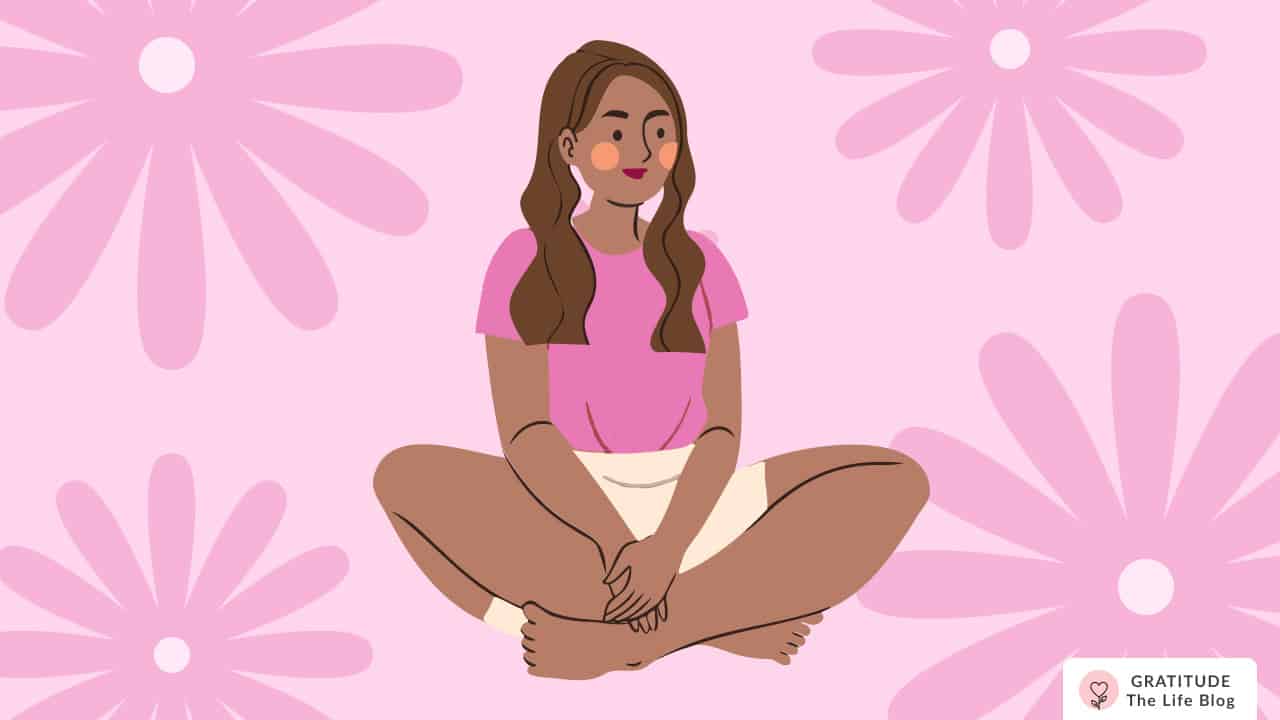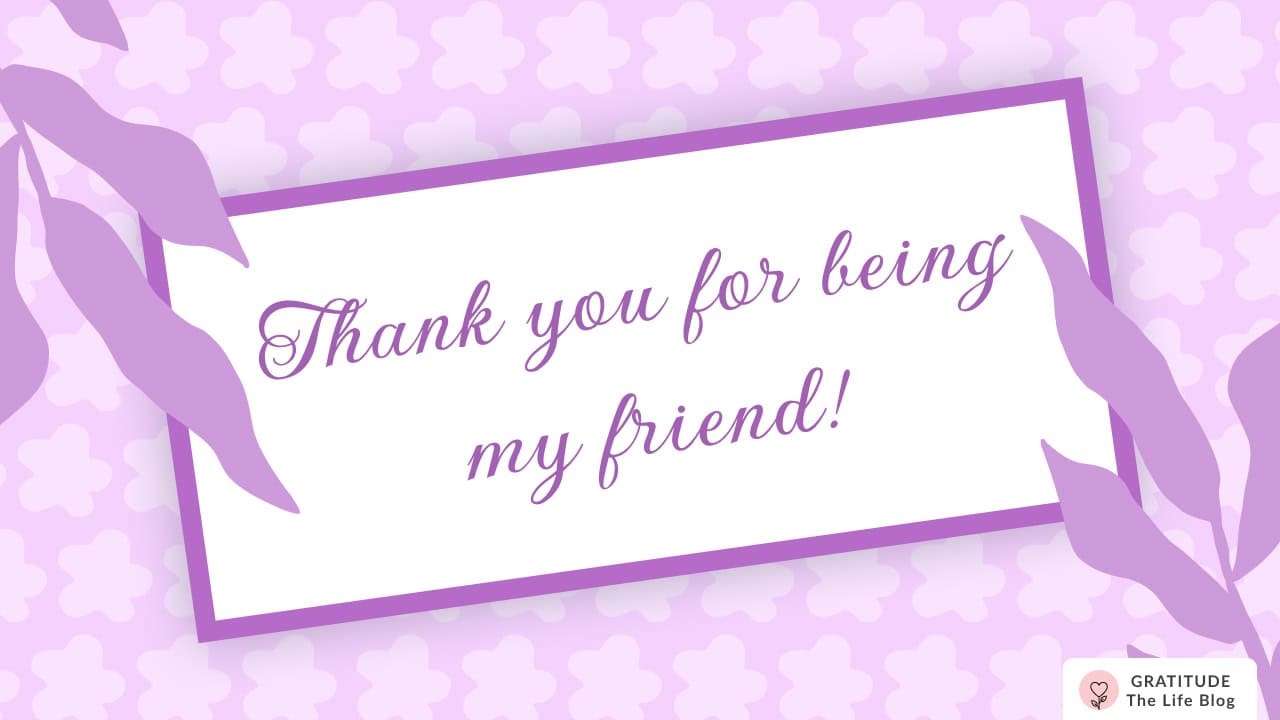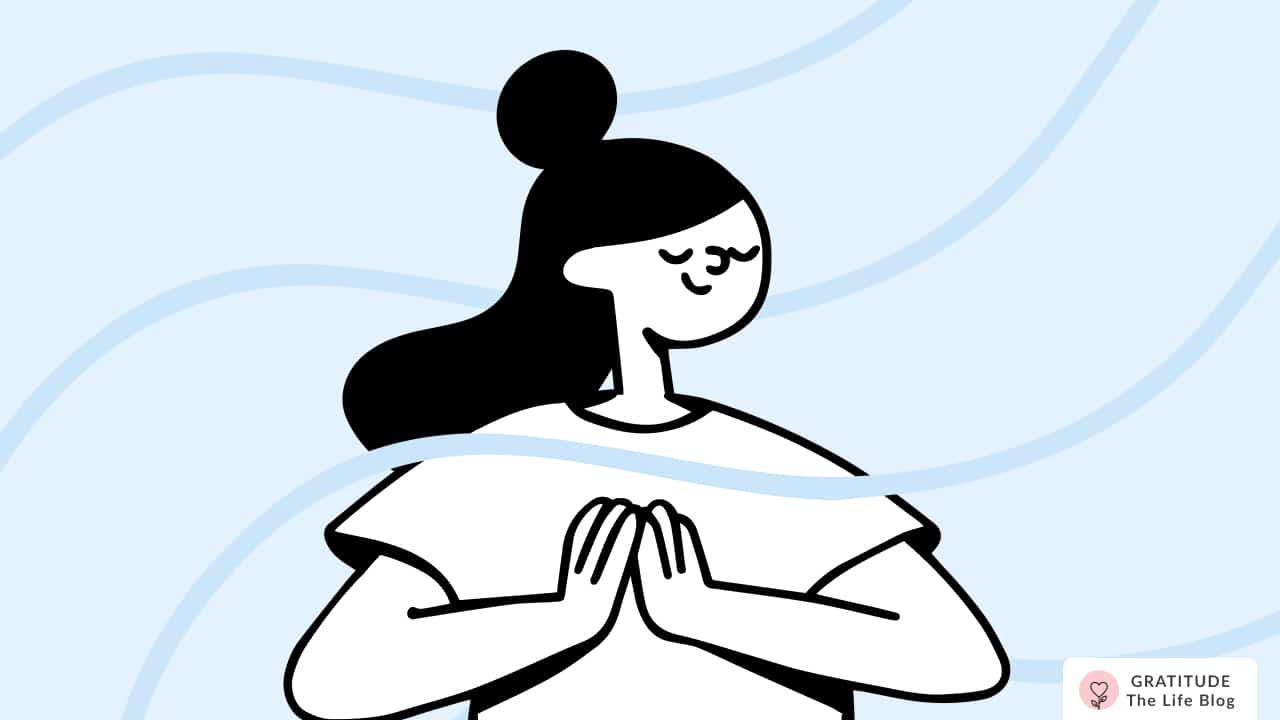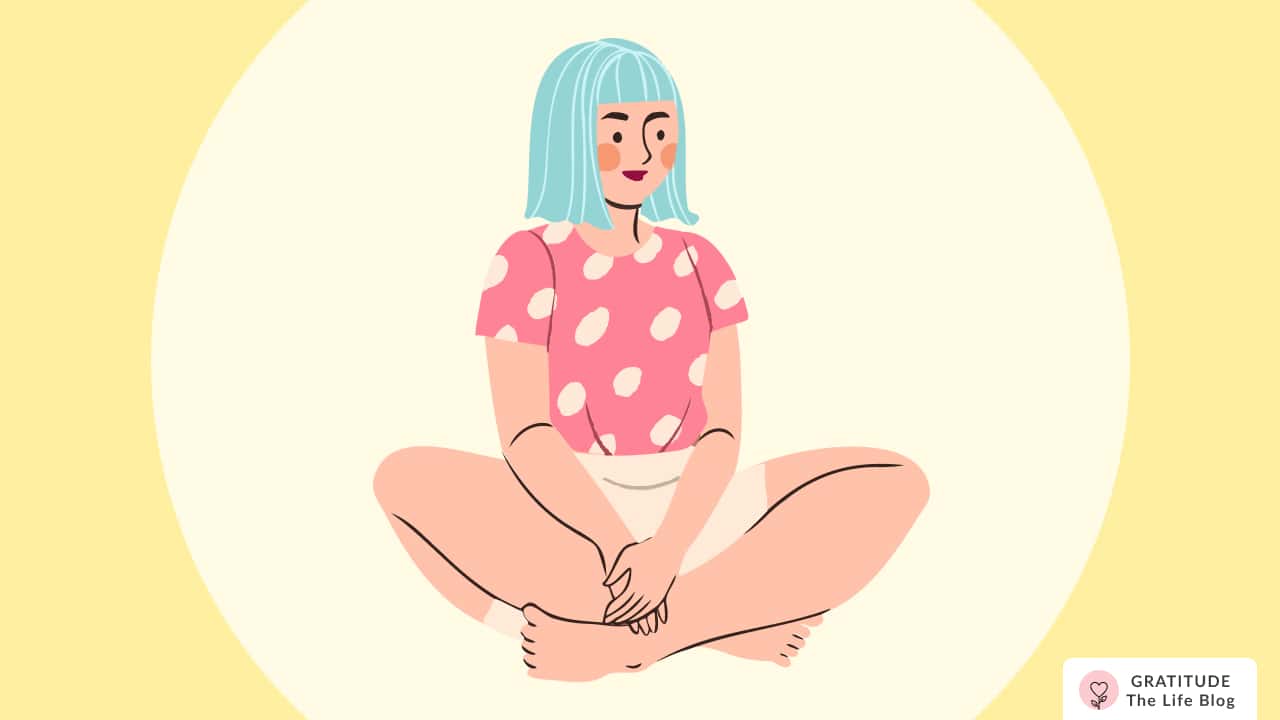3 Steps to Setting Boundaries for a Balanced, Authentic Life
Learn how to set healthy boundaries and live life on your own terms.
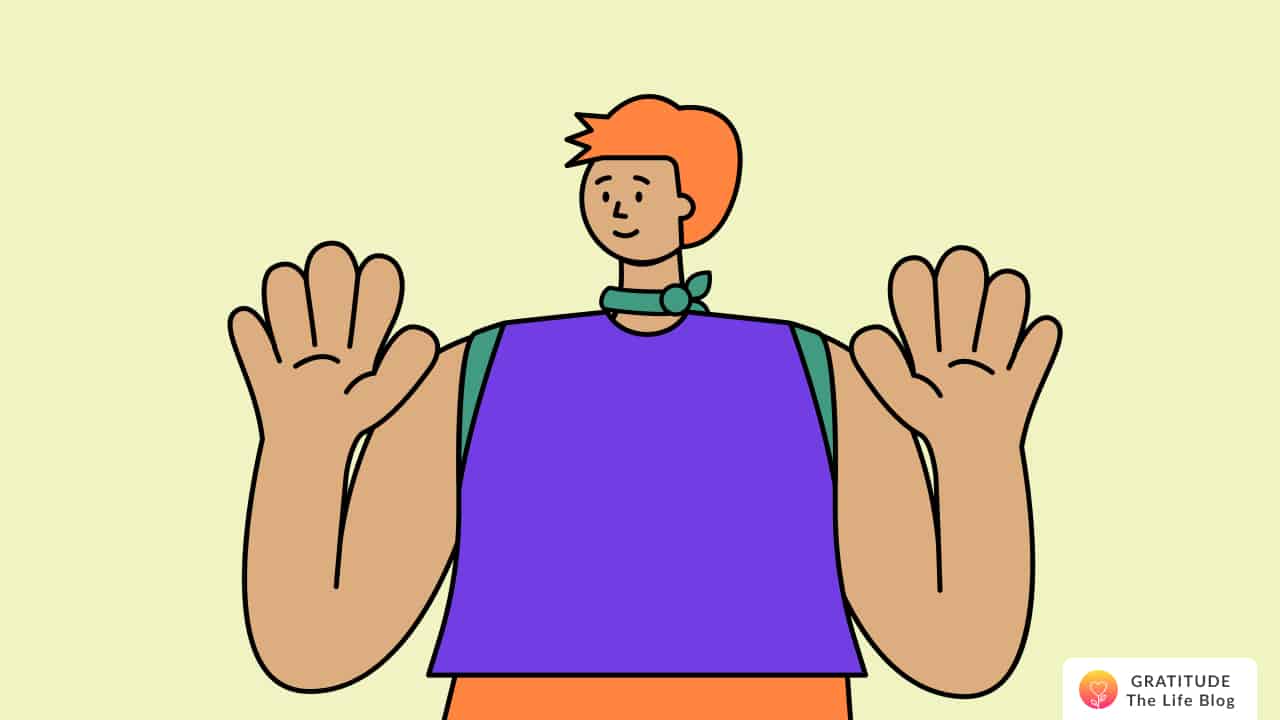
“You teach people how to treat you by what you allow, what you stop, and what you reinforce.”
— Tony Gaskins
What does setting boundaries mean?
Setting boundaries is about letting yourself and others know what is acceptable and unacceptable to you.
We set boundaries for ourselves, for example how many hours of watching Netflix is okay on weekdays, how much junk food to eat, the content we consume on social media, the tone of our self-talk, etc.
And, we set boundaries for people. MindBodyGreen mentions 6 types of boundaries here:
- Physical Boundaries
- Emotional boundaries
- Time Boundaries
- Sexual Boundaries
- Intellectual Boundaries
- Material Boundaries
To know more about these boundaries, you can read their article here.
Boundaries help us a lot, and we know that. We’ve heard the advice of setting healthy boundaries in a lot of places. They help us live a life aligned to our values, put our time and energy where we want to, and live a calm life.
However, sometimes we might not know how to go about it in a kind way and make it a part of our daily life. As we meet new people, we need to have some set-in-stone methods to help us and this post will guide you through.
Here are my 3 tips on setting boundaries:
- Know that you don’t have to prove anything
- Understand your needs
- Speak positive affirmations
3 Steps to Setting Boundaries
1. Know that you don’t have to prove anything
Often we have a problem with setting boundaries because we’re afraid of hurting others. We think they won’t like us anymore or that we don’t like them.
Someone who relies heavily on external validation would find this quite a difficult thing to do because so much of their self-worth is dependent on others’ opinions.
Goes without saying, this ends up creating problems that weren’t there in the first place and we end up harming our self-esteem. In addition, the other person would keep repeating the behavior we don’t want them to.
So, I want you to know that you’re not here to prove your worth to people. Your kindness does not need to be agreed upon by people again and again for it to be real.
We all know how we are, and compromising on doing what is good for our well-being is not healthy.
On a side note, I talk about external validation, self-worth, and many other topics on my free 21-day self-love course taken by 20,000 people worldwide. You might find it helpful!
🦋 Related: 5 Steps to Increase Your Self-Awareness
2. Understand your needs
Now, once we’ve understood the first point, we can work on understanding ourselves and the boundaries we want to create.
I think we all have a sense of the boundaries that we want to set and it’ll become stronger with a self-reflection journaling exercise.
These are some questions that you answer in your journal:
- What is coming in your way of setting boundaries?
- What do you need to hear from yourself right now?
- How would setting boundaries make a difference in your life?
- Who are the people you have the hardest time setting boundaries with?
- What is a small way by which you can begin setting boundaries?
- How can you show kindness as you set boundaries?
Also, remember that boundaries evolve with time. As you understand and connect with yourself, doing what is natural and good for you will become second nature.
This is good for you and everyone because when you live life on your terms, you will attract people who are willing to respect that.
🦋 Related: 70+ Journal Prompts for Self-Reflection
3. Speak positive affirmations
It is one thing to decide to go on a path and another to stay committed to it. As you start to be more mindful about setting boundaries, there might be times when you doubt yourself or find people who don’t respect your needs.
Here it’s important to persevere. If you have chosen what you will accept and not accept, stick to it. Of course, leave room for consideration, but if it’s a basic boundary that must be accounted for, support yourself with positive affirmations.
Here are some examples:
- I deserve to be treated with respect.
- I prioritize my needs.
- I am my own advocate.
- Boundaries are healthy.
- It is important to let people know when they cross a line.
- I believe in myself.
- I understand myself best.
- I honor my needs.
- I take care of myself.
- I accept myself as I am, and release the need for approval.
- Even if I stand alone, I will stand firm.
- I put forward my opinions and beliefs with confidence and bravery.
- I make a difference in this world with my presence and my voice.
- All of my decisions are inspired by my inner wisdom and compassion.
- I am free to evolve and release anything that takes away from my growth.
As you form positive self-talk with these affirmations, you will become the voice of a good friend. When we form a strong foundation within ourselves, it becomes easier to live the life we want to.
And, that's it! This was my 3-step guide to setting boundaries for a balanced, calm, and most authentic life. Share this with the people who would find it helpful. Take care :)
🦋 Continue Reading: 6 Real Ways to be True to Yourself















